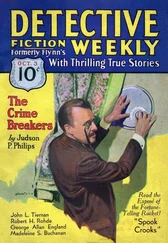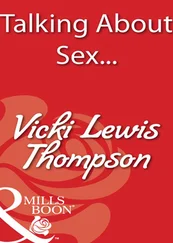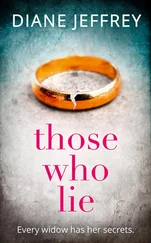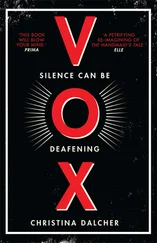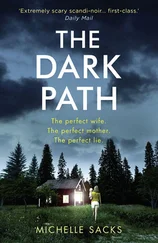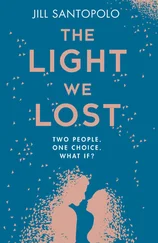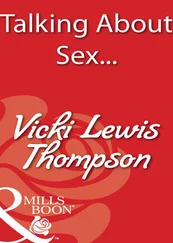Crispin’s books are always elegantly written with a cast of engaging, witty characters. Most readers at some point in the story will laugh aloud. Crispin is a farceur, and the ability successfully to combine this less-than-subtle humour with murder is very rare in detective fiction. One modern writer who comes to mind is Simon Brett, whose hero-if the word can be regarded as appropriate-Charles Paris is an unsuccessful and hard-drinking actor separated from his wife. Like Edmund Crispin, Simon Brett makes use of his own experience-in his case as a playwright for radio and television-and, like Crispin, he can combine humour with a credible mystery solved by an original and believable private eye.
Cyril Hare was a barrister who became a county court judge; he took his writing name from his London home, Cyril Mansions in Battersea, and his chambers in Hare Court. Like Edmund Crispin, he made effective use of his professional experience and expertise, creating in his hero, Francis Pettigrew, a humane, intelligent but not particularly successful barrister who, unlike Professor Fen, is a reluctant rather than avid amateur detective. Like Crispin he has a felicitous style, and his humour, although less laughter-provoking, has wit and subtlety. His best-known book-and, I would argue, by far the most successful-is Tragedy at Law , published in 1942. This novel, which is happily in print, is also something of a period piece, since we the readers move with the Honourable Sir William Hereward Barber, a judge of the High Court of Justice, as he travels round the towns of the South West Circuit. This perambulation in great state of an assize judge has now been abolished with the creation of the Crown Court; as the book is set in the early days of the Second World War, we have the interest both of fairly recent history and of a now dead tradition. The plot is well worked out, credible and, as with the majority of his books, rests on the provisions of the law. Like Crispin’s, the writing is lively, the dialogue convincing, the characters interesting and the plot involving. The book opens with a loud complaint by the judge that, because of the economies of war, his appearance is not being celebrated as it should be with a flourish of trumpets. The man, the time and the place are immediately set in an opening paragraph which is as arresting as if the trumpets had indeed sounded.
Josephine Tey, the pseudonym of the Scottish writer Elizabeth Mackintosh (1896-1952), was better known in her lifetime for her play Richard of Bordeaux than she was for her detective fiction. Her detective is Inspector Alan Grant, who is very much in the gentlemanly mould, notable for his intuition, intelligence and Scottish tenacity. He first appeared in The Man in the Queue (1929) and was still on the job when, in 1952, Tey published her eighth and last crime novel, The Singing Sands . But with the two novels which many readers regard as among her best, Brat Farrar (1949) and The Franchise Affair (1948), she moved further from the conventional plot of the detective story and with such success that she might not now be regarded as a detective novelist had she not created Inspector Grant. Novelists who prefer not to be so designated should beware of introducing a serial detective.
Brat Farrar is a mystery of identity set on the estate and the riding stables of Latchetts on the south coast. If Patrick Ashby, heir to the property, has really committed suicide, who is the mysterious young man calling himself Brat Farrar who returns to claim the family inheritance, who not only looks like Patrick but is familiar with details of the family history? We, the readers, know that he is an impostor, although we quickly come to sympathise with him. This, then, is a mystery of identification, common in English fiction, and the fact that Brat Farrar is also a murder mystery only becomes apparent late in the novel. In what is probably Tey’s best-known book, The Franchise Affair , two eccentric newcomers to the village, an elderly widow and her spinster daughter, are accused by a young woman of imprisoning her in their isolated house, The Franchise, and making her work as their slave, a plot based on the real-life Elizabeth Canning case of 1753-54. The story conforms more closely to the conventional mystery, although there is no murder. A local solicitor, who is consulted by the women, is convinced of their innocence and sets out to prove it. The mystery is, of course, centred on the girl. If her story is false from start to finish, how did she obtain the facts which enabled her to lie so convincingly? An uncomplicated structure and the first-person narrative-the tale is told by the solicitor-engage the reader both with the characters, who are exceptionally well drawn, and with the social and class prejudices of the smalltown community-prejudices which the author to some extent undoubtedly shared.
Josephine Tey not only has retained her hold on readers of detective fiction, but is now being resurrected in the novels of Nicola Upson, who sets her mysteries in the years between the wars and peoples them with real-life characters of the time, Josephine Tey being her serial protagonist. Famous detectives have from time to time been resurrected on film or in print-Jill Paton Walsh is continuing the Wimsey saga-but Nicola Upson is the first writer to choose a previous real-life crime novelist as an ongoing character.
The great majority of detectives in the Golden Age were men-and, indeed, if they were professional police officers, had to be male, since women at that time had a very limited role in policing. In general women characters who dabbled in detection were either sidekicks or cheerful crusaders-in-arms to the dominant male hero, serving as either a Watson or a love interest, or both. One obvious exception is Agatha Christie’s Miss Marple, who is not only unique in working entirely alone, without the help of a Watson, but in being invariably cleverer than the police detectives she encounters, and whose sex life, if any, is mercifully shrouded in mystery. But as time progressed it was thought necessary that even the women who played a subsidiary part in the triumphs of the male hero should have some kind of job in their own right rather than sit at home ministering to the needs of their spouse. In the Campion novels by Margery Allingham, Lady Amanda Fitton, who finally marries Albert Campion and who, if the author’s hints are to be believed, presumably becomes at least a viscountess, is blessed not only with a title of her own, but with a job as an aircraft designer-although we never hear her discussing her job, nor is she ever seen at her drawing board. Lord Peter Wimsey’s Harriet Vane is a successful novelist, as was the author, but in the four murder investigations in which she features it is Wimsey who plays the dominant part. In Strong Poison he saves her from execution, and in Have His Carcase , the novel in which Harriet discovers the bloodless body on Flat Iron Rock, he arrives, partly because he can’t resist the challenge of a corpse, but principally to save Harriet from the embarrassment of being regarded as a suspect. In Gaudy Night Harriet actually calls him in to investigate a mystery which she should have been able to solve herself if her mind hadn’t been preoccupied with the difficulty for a woman of reconciling the emotional and intellectual life, and in particular her own relationship with Lord Peter. Georgia Cavendish, the wife of Nicholas Blake’s hero Nigel Strange-ways, is a celebrated traveller and explorer with a flamboyant taste in fashion and a highly original and strong personality. It is interesting that neither Harriet Vane nor Georgia Cavendish is described as beautiful although both, particularly Georgia, are sexually attractive, and so of course is Lady Amanda.
Читать дальше


